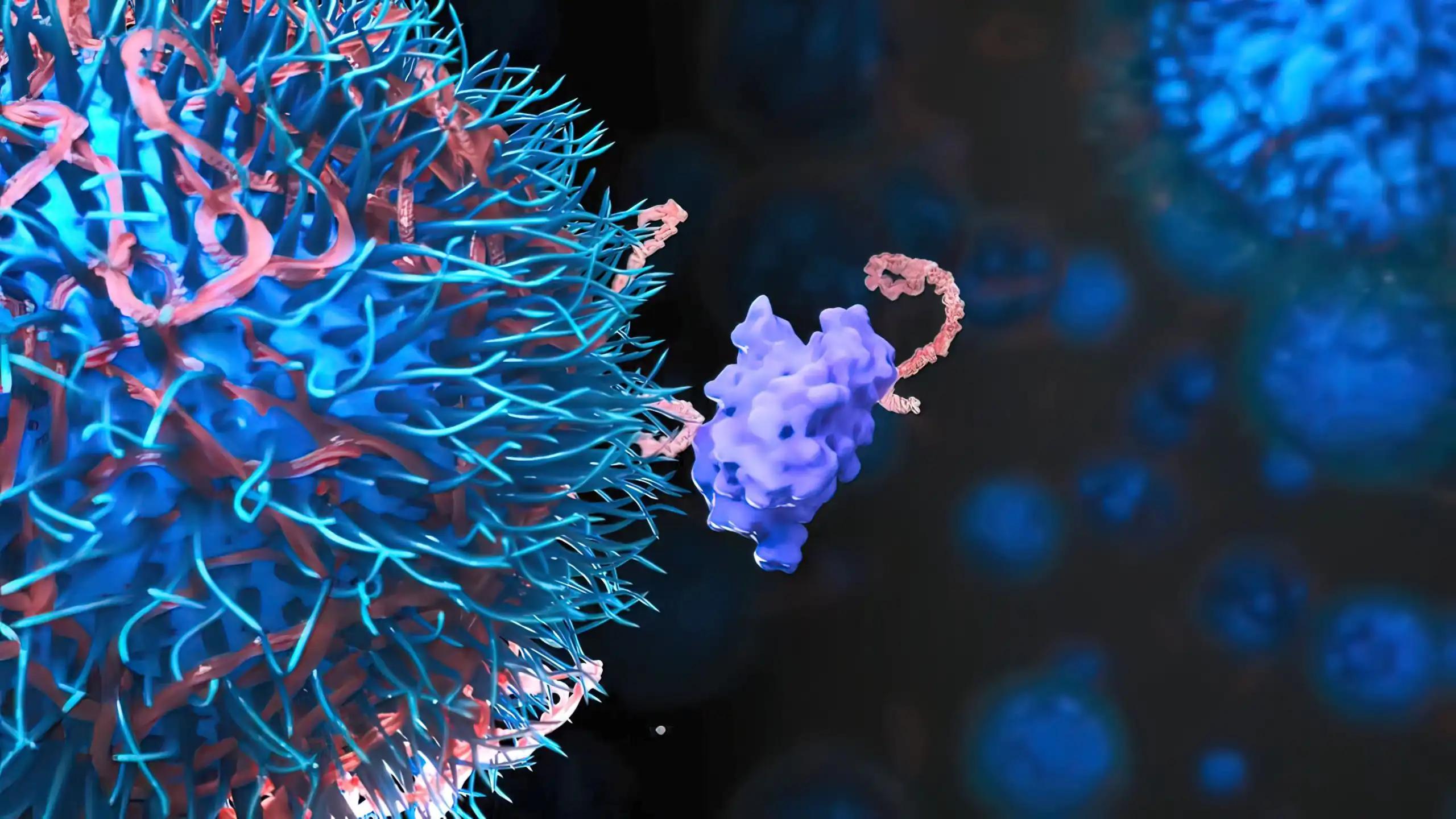KEY TAKEAWAYS
- The study aimed to investigate the efficacy of SC in overcoming BCR-ABL1, focusing on the inhibition of ALKs and BMP pathways to target CML.
- Researchers noticed that targeting SRC, ABL, and ALK kinases is more effective for CML cell survival than ABL inhibition alone.
Despite advances with tyrosine kinase inhibitors (TKIs), chronic myeloid leukemia (CML) necessitates lifelong treatment due to persistent leukemic stem cells (LSCs) in the bone marrow (BM) niche. LSCs exploit the BM’s oncogene-independent signals, particularly through the dysregulated bone-morphogenetic pathway (BMP). Elevated BMP ligands and overexpressed BMP type 1 receptors- activin-like kinases (ALKs) in CML cells contribute to TKI resistance. Saracatinib (SC), an SRC/ABL1 dual inhibitor, shows promise against TKI-resistant CML cells, acting as an ALK inhibitor and BMP antagonist. Caroline Busch and her team aimed to investigate SC’s efficacy in countering CML BCR::ABL1 dependent and independent signals within the BM niche in both 2D and 3D cultures.
They performed an inclusive analysis utilizing CML cells (K562 cell line and CML CD34+ primary cells). Single or combination IM, SC, and BMP receptor inhibitor dorsomorphin (DOR) treatments were administered with or without BMP4 stimulation. The experiments involved 2D (suspension) cultures and 3D co-culture setups on HS5 stroma cell lines, mesenchymal stem cells in AggreWell, and microfluidic devices. Flow cytometry assessed apoptosis, cell cycle progression, and proliferation, complemented by colony assays post-treatment. Immunoblotting validated protein changes, while Fluidigm multiplex qPCR confirmed transcriptional alterations.
Specific inhibitors against ALKs were employed in combination with SRC and ABL TKIs by targeting the BMP pathway. The results demonstrated a notable increase in apoptosis, along with altered cell cycle regulation, fewer cell divisions, and reduced numbers of CD34+ cells. Additionally, the combinatorial treatment impaired long-term proliferation and differentiation potential.
The study concluded that the BMP signaling pathway is crucial for CML cell survival. Targeting SRC, ABL, and ALK kinases proved more effective than ABL inhibition alone, particularly demonstrated in 2D and 3D cell cultures. This underscores the necessity for combinatorial therapies over standard single-agent care, providing essential justification to target multiple kinases in CML for combating LSCs persistence.
The study is sponsored by Medical Research Scotland, Glasgow Experimental Cancer Medicine Centre, which was funded by Cancer Research UK, Chief Scientist’s Office, Scotland. Cell sorting facilities were funded by the Kay Kendall Leukaemia Fund (KKL501) and the Howat Foundation.
Source: https://pubmed.ncbi.nlm.nih.gov/38031192/
Busch C, Mulholland T, Zagnoni M, et al (2024). “Overcoming BCR::ABL1 dependent and independent survival mechanisms in chronic myeloid leukaemia using a multi-kinase targeting approach.” Cell Commun Signal. 2023 Nov 29;21(1):342. doi: 10.1186/s12964-023-01363-2. PMID: 38031192; PMCID: PMC10685629.



